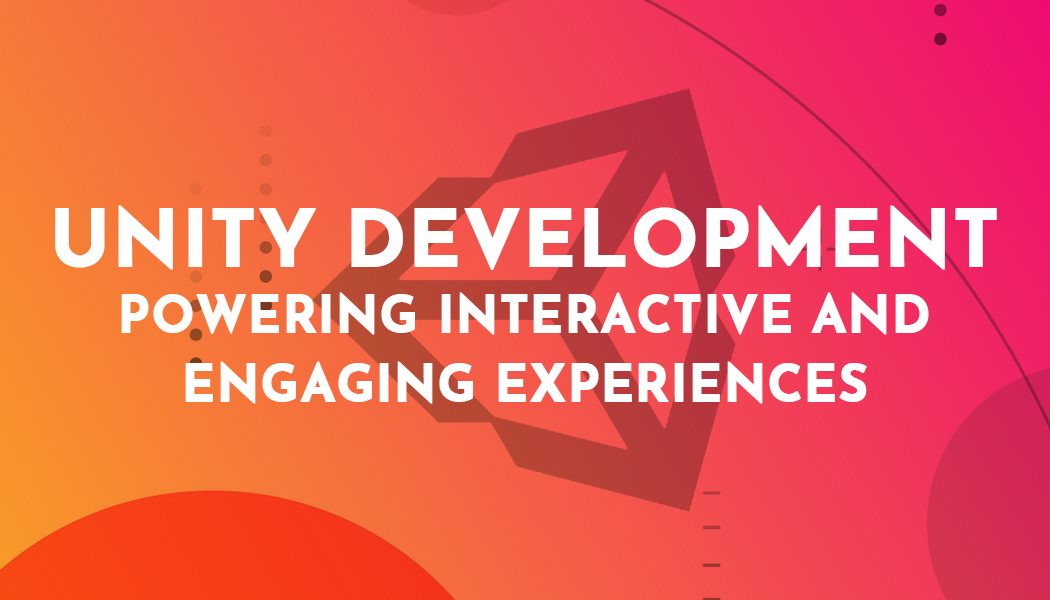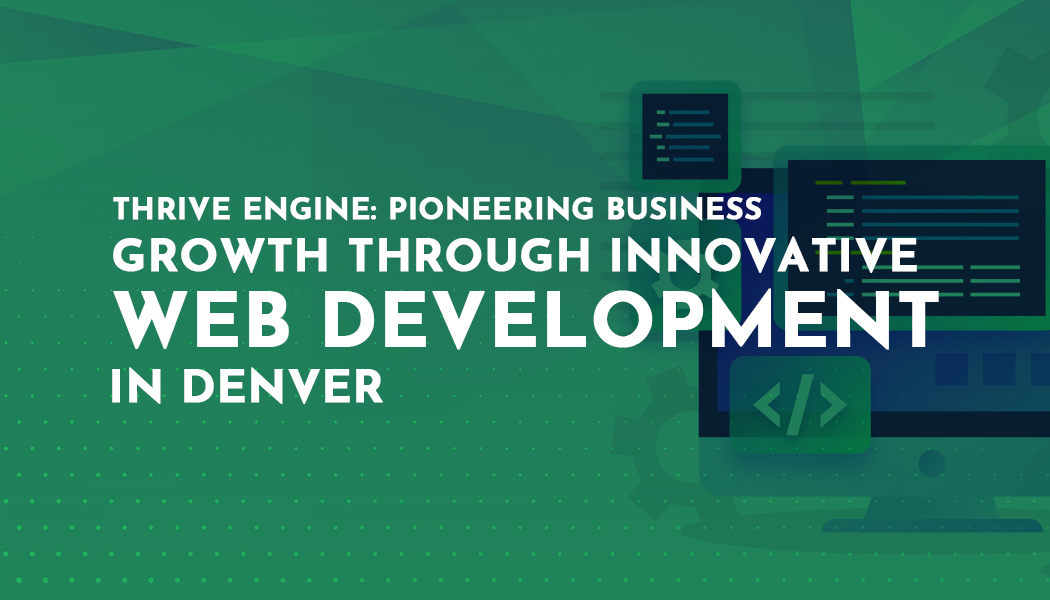Unity Development Unleashed: Powering Interactive and Engaging Experiences
Introduction
In the ever-expanding realm of digital experiences, Unity has emerged as a powerful force, enabling developers to create immersive and interactive content across diverse platforms. From game development to virtual reality (VR) and augmented reality (AR), Unity has become synonymous with cutting-edge technology and engaging user experiences. In this comprehensive article, we will explore the world of Unity development, delving into its strengths, applications, and the impact it has on shaping the landscape of interactive content. The article was written in cooperation with Litslink specialists https://litslink.com/technologies/unity- development.
The Unity Advantage
1. Cross-Platform Compatibility
Unity's greatest strength lies in its ability to deploy content across multiple platforms seamlessly. Whether it's developing games for consoles, mobile apps for smartphones, or immersive experiences for VR headsets, Unity's cross-platform compatibility reduces development time and costs, making it an ideal choice for developers targeting a wide audience.
2. Robust Graphics Engine
Unity boasts a powerful graphics engine that enables developers to create visually stunning and realistic environments. The engine supports advanced rendering techniques, dynamic lighting, and high-quality textures, providing the foundation for captivating visual experiences. This graphical prowess is essential for game developers, architects, and creators of virtual simulations.
3. Asset Store and Community Support
Unity's Asset Store is a treasure trove of pre-built assets, plugins, and tools that streamline the development process. From character models and animations to specialized scripts and effects, the Asset Store accelerates development and allows developers to focus on crafting unique experiences. Additionally, Unity's vast and active community contributes to an extensive knowledge base and collaborative environment.
4. Accessibility for Indie Developers
Unity's accessibility has empowered countless indie developers to bring their creative visions to life. The engine's user-friendly interface and a plethora of tutorials make it approachable for developers of varying skill levels. The democratization of game and interactive content development is a key factor in Unity's widespread adoption.
5. Unity Collaborate and Cloud Services
Unity Collaborate and Unity Cloud Services simplify collaboration among development teams. Whether working remotely or across different locations, these services provide version control, cloud storage, and collaboration tools, ensuring smooth workflows and efficient project management.
Applications of Unity Development
1. Game Development
Unity has been a game-changer in the world of game development. From indie studios to major AAA titles, Unity's versatility and cross-platform capabilities make it a go-to engine for creating immersive and visually stunning games. The engine's real-time rendering capabilities and physics simulations contribute to the lifelike experiences found in modern video games.
2. Virtual Reality (VR)
Unity is at the forefront of VR development, enabling the creation of immersive virtual environments. Whether it's designing VR training simulations, educational experiences, or entertainment content, Unity provides the tools and features necessary to leverage the full potential of virtual reality. The engine supports major VR platforms, including Oculus Rift, HTC Vive, and PlayStation VR.
3. Augmented Reality (AR)
Unity's AR Foundation empowers developers to create engaging augmented reality experiences for mobile devices. AR applications developed with Unity can overlay digital content onto the real world, enhancing everything from educational apps to marketing campaigns. The accessibility of Unity makes it a preferred choice for businesses exploring AR applications.
4. Architectural Visualization
Unity's robust graphics engine is instrumental in architectural visualization, allowing architects and designers to create lifelike 3D models of buildings and spaces. Unity's real-time rendering capabilities enable clients to explore virtual environments before construction begins, providing a valuable tool for architectural presentations and design iterations.
5. Simulations and Training
Unity is widely used in creating realistic simulations for training purposes. From military simulations to medical training applications, Unity's capabilities extend to various industries where immersive and interactive training is essential. The engine's physics engine and scripting capabilities facilitate the development of dynamic and scenario-based training modules.
Future Trends in Unity Development
1. Real-Time Ray Tracing
Real-time ray tracing is a rendering technique that simulates the behavior of light in real-world environments. Unity's adoption of real-time ray tracing is poised to enhance visual fidelity in games and simulations. This technology brings cinematic-quality graphics to real-time applications, offering a new level of realism.
2. Machine Learning Integration
Unity's ML-Agents toolkit allows developers to integrate machine learning into their applications. This opens up possibilities for creating intelligent and adaptive characters in games, as well as enhancing the capabilities of AI-driven virtual environments. Unity's commitment to machine learning integration positions it at the forefront of this transformative trend.
3. Cloud-Based Development
The future of Unity development includes a shift toward cloud-based development. Unity's collaboration tools and cloud services lay the groundwork for seamless remote collaboration. As the industry continues to embrace distributed work models, cloud-based development environments will play a crucial role in the evolution of Unity development.
4. Continued Expansion of AR Experiences
With the increasing adoption of AR technologies, Unity is likely to continue playing a pivotal role in the development of AR experiences. From mobile AR applications to wearable AR devices, Unity's flexibility and cross-platform capabilities make it an ideal engine for creating diverse and engaging augmented reality content.
Conclusion
Unity development has become synonymous with pushing the boundaries of what's possible in interactive and immersive content creation. Whether it's crafting visually stunning games, designing architectural visualizations, or developing cutting-edge VR and AR applications, Unity's versatile and powerful engine has left an indelible mark on the world of digital experiences. As Unity continues to evolve and embrace emerging technologies, its impact on the future of interactive content creation is bound to be profound, opening up new frontiers of creativity and engagement for developers and users alike.




